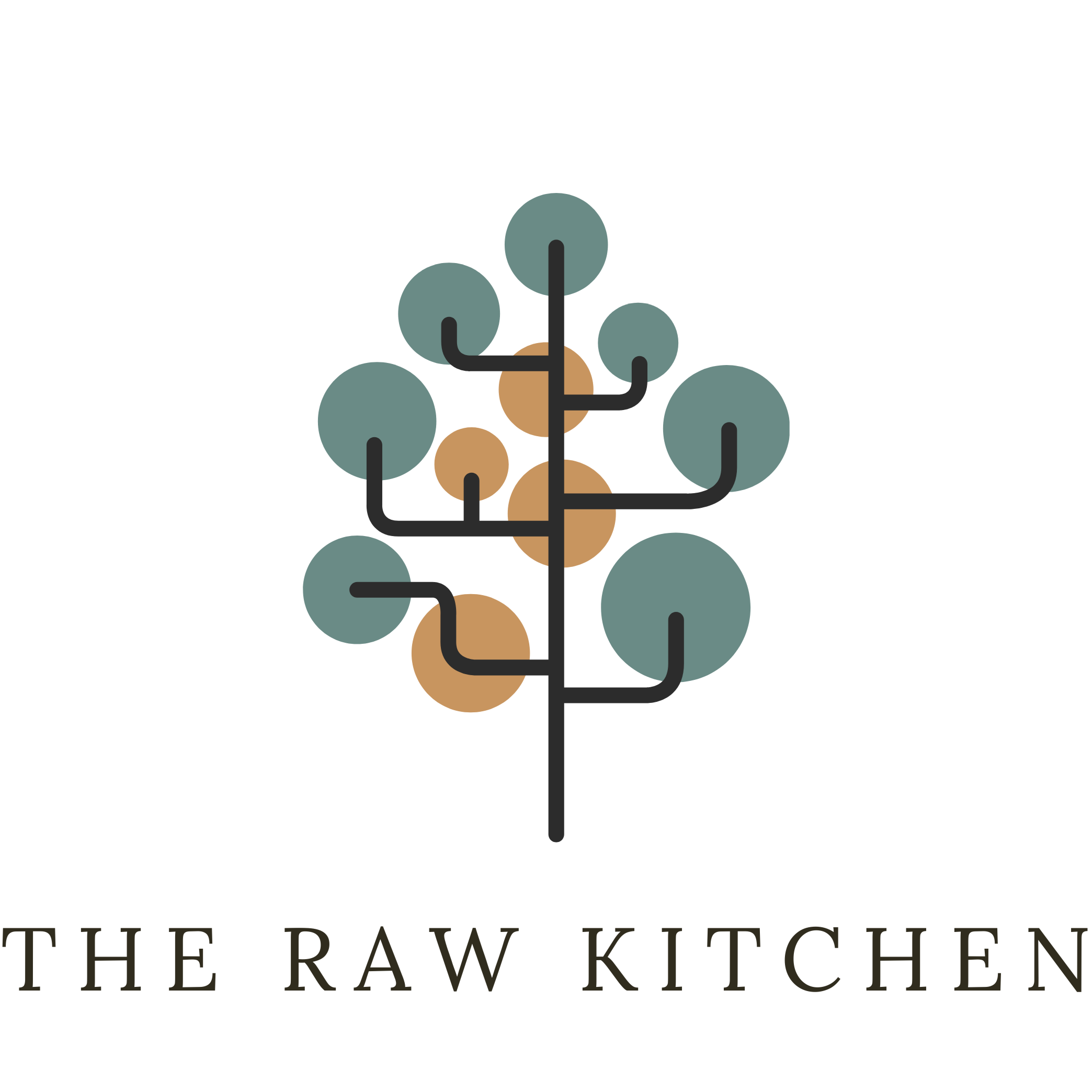
Are You Breathing the Right Way? How Your Breath Affects Your Health
Breathing is something we do every moment of our lives, yet most of us rarely think about how we’re doing it—or how it affects our overall health. The way you breathe impacts everything from energy levels and mental clarity to stress management and sleep quality. In fact, many modern health issues, such as fatigue, anxiety, and poor digestion, can be linked to inefficient breathing habits. Here’s how you can optimise your breath for better health and oxygenation.
The Importance of Proper Breathing
Most people breathe too shallowly, taking short breaths through their mouths. This kind of breathing limits oxygen intake and can put the body in a constant state of stress. On the other hand, deep, nasal breathing helps:
✅ Increase oxygen levels in the blood, improving energy and focus.
✅ Activate the parasympathetic nervous system, reducing stress.
✅ Strengthen the diaphragm and support lung function.
✅ Improve circulation and oxygen delivery to muscles and organs.
If you often find yourself breathing through your mouth or taking rapid, shallow breaths, it may be time to retrain your breathing patterns.
Nasal Breathing vs. Mouth Breathing
Your nose is designed for breathing, while your mouth is primarily for eating and speaking. Nasal breathing offers numerous health benefits:
✅ Filters and humidifies air – Nose hairs and mucus trap dust, allergens, and pathogens before they reach the lungs.
✅ Regulates oxygen intake – Slower breathing through the nose allows for optimal oxygen exchange.
✅ Boosts nitric oxide production – This naturally occurring gas dilates blood vessels, improving circulation and immune function.
In contrast, mouth breathing can lead to:
❌ Increased risk of respiratory infections.
❌ Poor sleep quality and higher chances of snoring or sleep apnea.
❌ Dry mouth and dental issues, such as cavities and gum disease.
💡 Practical Tip: Try to keep your lips closed as much as possible during the day, and if you struggle with mouth breathing at night, consider using nasal strips or mouth taping (a technique to encourage nasal breathing while sleeping).
Breathing Techniques for Better Oxygenation
Here are some simple yet effective breathing exercises to improve oxygenation and overall well-being:
1. Diaphragmatic (Belly) Breathing
Most of us take shallow breaths that only expand the upper chest. Diaphragmatic breathing engages the full lung capacity, improving oxygen exchange.
✔ How to Practice:
- Sit or lie down in a comfortable position.
- Place one hand on your chest and the other on your belly.
- Inhale deeply through your nose, allowing your belly to rise (not your chest).
- Exhale slowly through your nose, feeling your belly fall.
- Repeat for 5–10 minutes.
✅ Benefits: Reduces stress, improves digestion, and enhances oxygen flow.
2. Box Breathing (4-4-4-4 Method)
This technique helps regulate the nervous system and improve focus, often used by athletes and military personnel to stay calm under pressure.
✔ How to Practice:
- Inhale through your nose for 4 seconds.
- Hold your breath for 4 seconds.
- Exhale slowly for 4 seconds.
- Hold for another 4 seconds before repeating.
✅ Benefits: Enhances mental clarity, reduces anxiety, and increases lung capacity.
3. Alternate Nostril Breathing
A traditional yogic breathing technique that balances oxygen intake and promotes mental calmness.
✔ How to Practice:
- Sit comfortably and use your thumb to close your right nostril.
- Inhale deeply through your left nostril.
- Close your left nostril with your finger and exhale through your right nostril.
- Inhale through your right nostril, then switch again and exhale through the left nostril.
- Continue this alternating pattern for a few minutes.
✅ Benefits: Balances energy, enhances lung function, and improves mental focus.
The Connection Between Breath and Stress
Shallow, rapid breathing is a common response to stress and anxiety. This type of breathing signals to the body that it’s in a fight-or-flight state, keeping stress hormones like cortisol elevated. By practicing deep and controlled breathing, you can activate the parasympathetic nervous system, which promotes relaxation and a sense of calm.
💡 Practical Tip: When feeling overwhelmed, take a moment to practice slow, controlled breathing. A simple inhale for 5 seconds, hold for 3 seconds, and exhale for 7 seconds can work wonders in reducing stress instantly.
Optimising Breathing for Better Sleep
Your breathing pattern at night can impact sleep quality. Shallow breathing or mouth breathing often leads to disrupted sleep, snoring, and even sleep apnea.
✔ How to Improve Nighttime Breathing:
- Practice nasal breathing throughout the day to make it second nature.
- Sleep on your side rather than your back to reduce airway blockage. The Prophet Muhammad (peace be upon him) recommended this practice, and it's narrated that he would lie on his right side before sleeping.
- Try mouth taping if you’re prone to mouth breathing at night.
- Use a humidifier if dry air is making nasal breathing difficult.
✅ Benefits: Deeper sleep, improved oxygenation, and reduced nighttime restlessness.
Breathing: The Foundation of Better Health
Breathing is something we do unconsciously, but learning to breathe correctly can dramatically improve your overall health. By focusing on nasal breathing, practicing deep breathing techniques, and being mindful of your breath, you can enhance oxygenation, lower stress, and improve energy levels. Small changes in your breathing habits can lead to profound improvements in how you feel daily—so take a deep breath and start optimising your health today.



Leave a comment
This site is protected by hCaptcha and the hCaptcha Privacy Policy and Terms of Service apply.